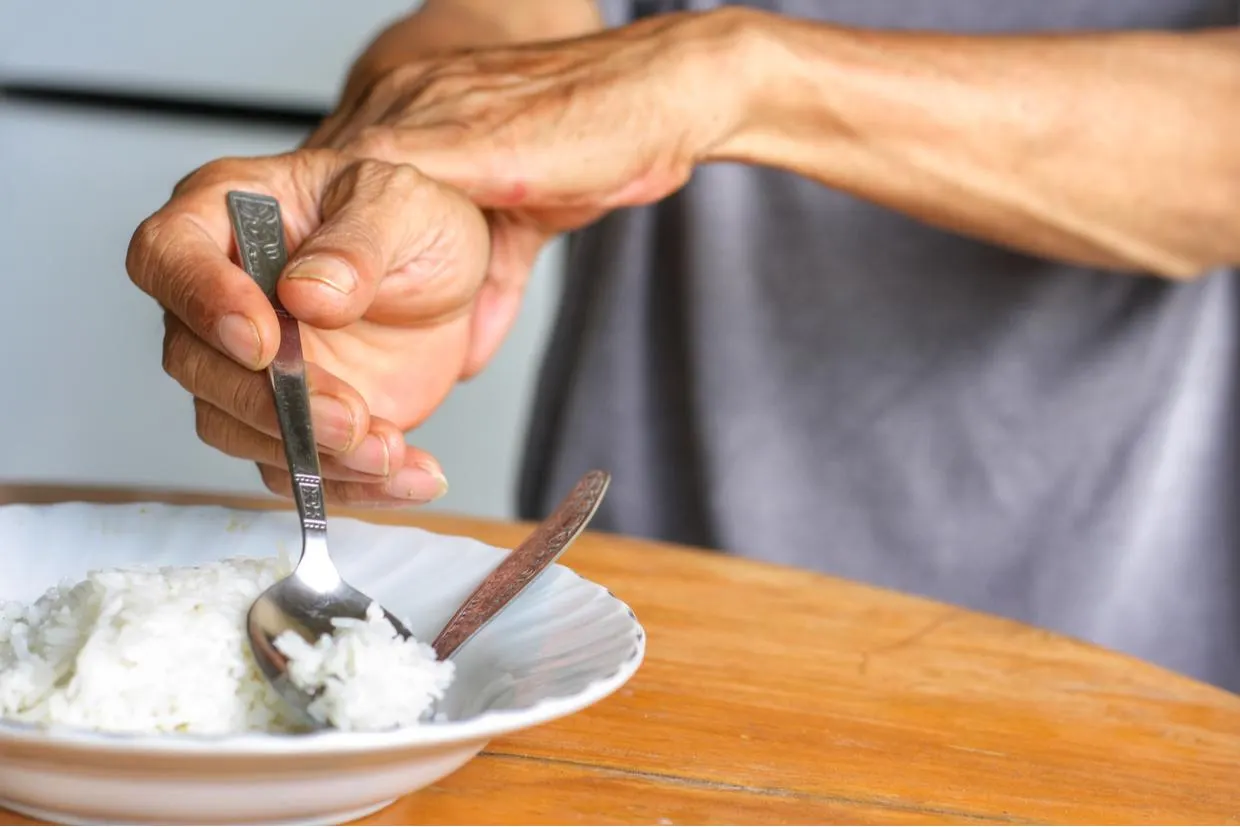
Essential Utensils for Disabled Hands: Enhancing Kitchen Independence
Introduction
Living with mobility challenges, hand tremors, arthritis, or other disabilities can make even the simplest daily tasks, like preparing and enjoying a meal, a daunting ordeal. For individuals with limited dexterity or strength in their hands, the kitchen can be a particularly challenging place. Fortunately, a wide range of specialized utensils for disabled hands are available to help users regain their independence and enjoy their favorite meals without frustration. In this article, we will explore a variety of utensils and tools that cater to the unique needs of those with disabilities, providing valuable assistance and making daily food preparation and dining more accessible.
Adaptive Handles
The foundation of any kitchen toolkit for individuals with disabled hands is a set of utensils with adaptive handles. These handles are designed to provide a more secure grip, allowing for better control and reducing the chances of accidents. Some options come with contoured or textured grips, while others offer adjustable straps to accommodate a wide range of hand sizes. These adaptive handles are suitable for individuals with conditions like arthritis, weak grip strength, or muscle tremors. They are available for a variety of utensils, including forks, spoons, and knives.
Weighted Utensils
Weighted utensils are an excellent choice for people with mobility issues or hand tremors. These utensils are equipped with added weight, which can help steady hand movements and improve control during meal preparation and eating. They are particularly beneficial for those with Parkinson’s disease. Weighted forks, spoons, and knives provide an increased sense of stability and reduce the risk of spills or accidents.
Non-Slip and Angled Utensils
Non-slip and angled utensils are designed to prevent food slippage while eating and offer a more comfortable grip. These utensils typically have textured or rubberized handles to ensure a firm grasp. The angled design helps users maintain a more natural wrist position, reducing strain on the hands and wrists. This can be especially helpful for individuals with arthritis or limited mobility. Products like adaptive knives with an angled blade make cutting food easier and safer.
Adaptive Cutting and Chopping Tools
Chopping and cutting can be particularly challenging for people with disabilities, making specialized cutting and chopping tools essential. Adaptive cutting boards with stabilizing spikes or clamps can hold food in place during slicing and dicing. Electric food processors can also save time and effort, making it easier to prepare meals. These tools are a blessing for individuals with limited hand strength or dexterity.
Utensil Holders
For individuals with very limited hand mobility, utensil holders can be a game-changer. These devices secure the utensil in a fixed position, allowing users to manipulate it with minimal effort. Utensil holders can be attached to wheelchairs, tables, or countertops, providing a stable platform for independent eating. They are particularly beneficial for people with severe disabilities or individuals with paralysis.
Adaptive Cups and Drinking Aids
Drinking can be as challenging as eating for some people with disabilities. Adaptive cups and drinking aids can help users maintain their independence and enjoy beverages without spilling. These products may include anti-spill cups with special lids, built-in straws, or handles designed for easier grasping. For those with limited hand strength or tremors, weighted cups can provide added stability.
Kitchen Gadgets and Accessories
In addition to utensils, various kitchen gadgets and accessories cater to the specific needs of individuals with disabled hands. These products can simplify tasks such as opening jars, cans, or bottles. Adaptive can openers, jar openers, and bottle openers often feature larger, ergonomic handles for easier operation. Furthermore, there are tools like electric can openers that can be operated with a single hand, making kitchen tasks more manageable for those with disabilities.
Vision and Hearing Aids
For individuals with vision or hearing impairments in addition to hand disabilities, incorporating adaptive utensils is essential. Products with contrasting colors or tactile indicators can help those with vision issues identify the utensils they need. Additionally, utensils with auditory or visual feedback features can signal when food is at the appropriate temperature, ensuring safety while cooking or heating meals.
Affordable and High-End Options
The price range for utensils and kitchen aids for disabled hands can vary significantly. While high-end, specialized products offer the latest innovations and superior quality, there are also budget-friendly options available. It’s essential to consider individual needs and preferences when choosing the right utensils. Many assistive technology providers offer a wide range of options to accommodate different budgets.
Conclusion
Utensils for disabled hands play a crucial role in promoting independence and enhancing the quality of life for individuals with mobility challenges, hand tremors, arthritis, or other disabilities. These adaptive tools and gadgets not only make meal preparation and eating more accessible but also empower users to regain control and enjoy a sense of accomplishment in the kitchen. By choosing the right utensils, individuals can continue to savor their favorite foods and maintain their connection to the simple joys of cooking and dining. Whether it’s adaptive handles, weighted utensils, non-slip tools, or specialized cutting devices, there is a wide range of options available to cater to various needs and preferences.
By investing in these essential kitchen aids, individuals with disabled hands can regain their culinary independence, reduce the stress associated with meal preparation, and improve their overall quality of life. These tools are not just utensils; they are instruments of empowerment that help individuals live life to the fullest, one delicious meal at a time.



